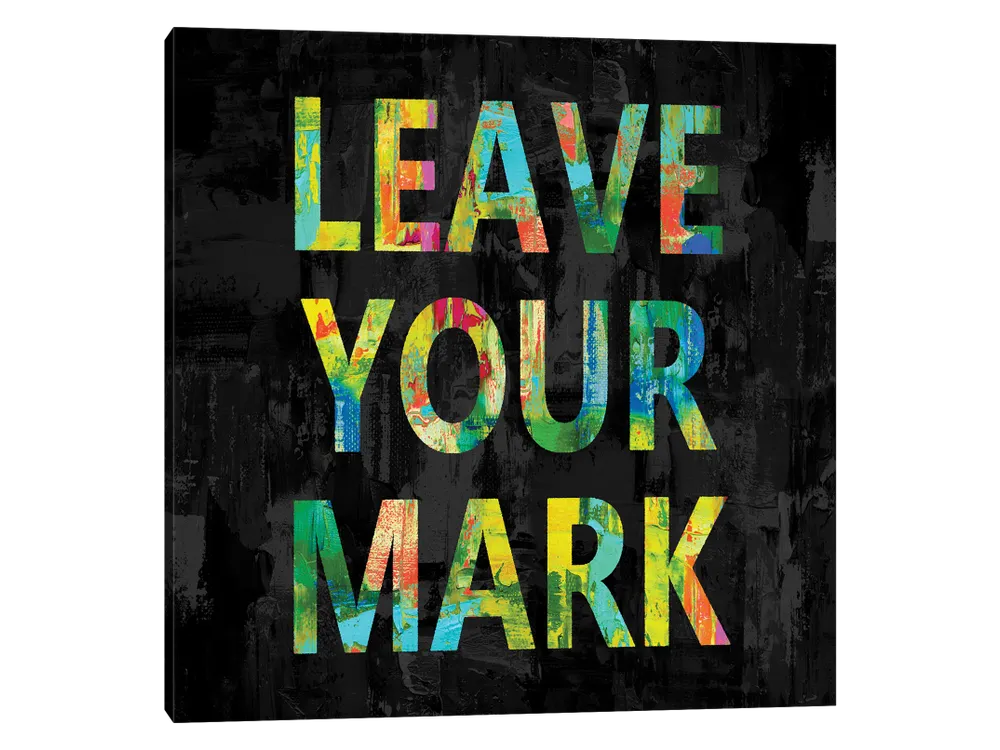My wife is incredible in many ways !! Yes, I’m biased and am good with that. She is very creative but she would deny that. She has a dedicated craft room in our house that has been her place to make things come to life. She has been a rubber stamper for decades. This hobby has resulted in countless handmade cards for birthdays, weddings, the birth of kids, graduations, and Christmas cards.
They are true works of art. I know many people who have kept every Christmas card she has made for years, and some put them out every year as part of their Christmas decorations. Debbie would tell you that she sees the ideas of others and recreates them. So, I’ll give her that. Let’s call her a structured creative. If you got to know her, you’d see that this description fits well. One of the many other amazing facets of her personality is her joy in structure. She has lists of things to do all over the house.
Every day I’m amazed that she chose to be with me because I represent the opposite of almost every aspect of how she approaches life. I tend to live in the moment. Very little surprises me, and I’m more comfortable adapting on the go. I’m creative as well, but I’d describe my methods as having flow, movement and involving a variety of styles. I like almost every iteration of how art is presented. I am comfortable if things are abstract, modern, distinctly drawn, or classical. Each one has its value.
Eight years ago, when my first HR book was completed, Debbie asked if I’d like to have bookmarks to give out to people. I was floored and excited at the same time. I didn’t know what we could come up with but I was in !! She upped my level of enthusiasm when she suggested we make tie-dye bookmarks. I couldn’t even conceive how this could be accomplished. I was tickled when I found out that we’d mix our creative approaches by using her rubber stamps along with alcohol-based inks to make the tie-dye patterns along with my idea of variety. We put the ink on transparency film (like what we used to use on overhead projectors).
We started to stamp the clear film cut into the perfect shape for a bookmark together. Debbie took one color of ink and dabbed the applicator before applying a beautiful, linear pattern on her piece of film. I took my applicator and put three dots of different colors on it and then smeared the ink all over my film. I continued to follow what felt right as she methodically constructed her set. When we looked up to pause, I had ten done and was moving forward when she commented, “How can you come up with patterns so quickly?” I shrugged and said, “I just see what I want to make and then try it.”
She then made a bright, executive decision. The step after the ink stamping was mounting the film on white, thick paper for backing and strength. She suggested that I continue with the stamping and she’d assemble them after that. Now, please note, her stamped bookmarks were stunning and crisp. We kept them along with my mish mash of variety, and I loved giving them out to people.
Since then, we made a new batch for use at the SHRM24 annual conference. We followed the process of a separation of tasks that we were both responsible for. Very quickly we had constructed 100+ bookmarks. I just found out that I’m speaking again at SHRM25, and I’m grateful for the opportunity. We just bought a new set of supplies and the manufacture of a brand new set of bookmarks will soon be started.
Let me back up just a moment . . .
More than a story of how we take different paths toward creativity, Debbie also had another stunning idea for making these handmade beauties. She said, “If people are nice enough to get one of your books, wouldn’t it be nice to leave behind a little bit of you for them to remember?” How freaking cool is that ??!!

You see, she wanted me to leave a mark. That thought was incredibly astute and she may not have even been aware of the weight of what she had suggested. It was so powerful because as people, we leave our mark on others every time we encounter them whether we mean to or not.
If you ignore someone or push them off to the side because you’re too busy for them, that leaves a mark. If you are pleasant to others to their face and change your story for how you feel with another audience, you leave a mark. When a task that isn’t yet completed takes more of your focus and attention than the people around you, you have left another mark.
We don’t see this or even acknowledge it. It’s time we did. Choose instead to be someone who leaves each interaction as one that is positive, encouraging and meaningful. Leave your mark in such a way that your impact makes their day better. It doesn’t have to be a big gesture. It can be something simple. Something . . . like a bookmark.









